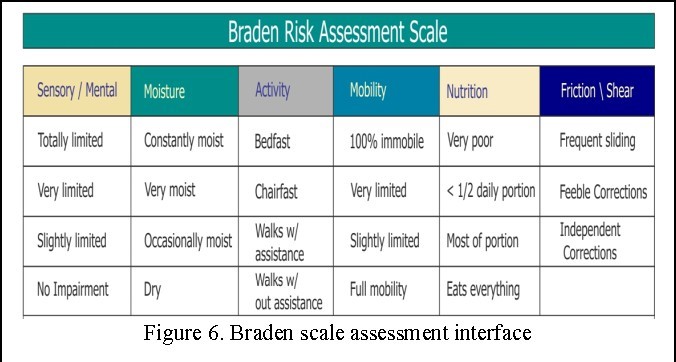A nurse in an emergency department is assessing a client who reports right lower quadrant pain, nausea, and vomiting for the past 48 hr.
Which of the following actions should the nurse take first?
Offer pain medication.
Auscultate bowel sounds.
Palpate the abdomen.
Administer an antiemetic.
The Correct Answer is B
The nurse should first auscultate the client’s bowel sounds.
This will provide important information about the client’s gastrointestinal function and can help determine the cause of the client’s symptoms.
Choice A is wrong because while offering pain medication may provide temporary relief, it does not address the underlying cause of the client’s symptoms.
Choice C is wrong because palpating the abdomen before auscultating bowel sounds can alter the bowel sounds and make it more difficult to accurately assess the client’s condition.
Choice D is wrong because administering an antiemetic may provide temporary relief from nausea and vomiting, but it does not address the underlying cause of the client’s symptoms.
Nursing Test Bank
Naxlex Comprehensive Predictor Exams
Related Questions
Correct Answer is C
Explanation
The Braden scale measures six elements: sensory perception, moisture, activity, mobility, nutrition, and friction/shear.

“The higher the score, the higher the pressure injury risk”: This statement is incorrect.
The lower the score on the Braden scale, the higher the risk for pressure injury.
“Each element has a range from one to five points”: This statement is incorrect.
Each element has a range from one to four points, except for friction/shear which has a range from one to three points.
“The client’s age is part of the measurement”: This statement is incorrect. Age is not one of the elements measured by the Braden scale.
Correct Answer is C
Explanation
The Weber test is a screening test for hearing performed with a tuning fork that can detect unilateral conductive hearing loss and unilateral sensorineural hearing loss.
To perform Weber’s test, strike the fork against your knee or elbow, then place the base of the fork in the midline, high on the patient’s forehead.

Choice A is wrong because delivering a series of high-pitched sounds at random intervals is not part of Weber’s test.
Choice B is wrong because holding an activated tuning fork against the client’s mastoid process is part of Rinne’s test, not Weber’s test.
Choice D is wrong because whispering a series of words softly into one ear is not part of Weber’s test.
Whether you are a student looking to ace your exams or a practicing nurse seeking to enhance your expertise , our nursing education contents will empower you with the confidence and competence to make a difference in the lives of patients and become a respected leader in the healthcare field.
Visit Naxlex, invest in your future and unlock endless possibilities with our unparalleled nursing education contents today
Report Wrong Answer on the Current Question
Do you disagree with the answer? If yes, what is your expected answer? Explain.
Kindly be descriptive with the issue you are facing.
